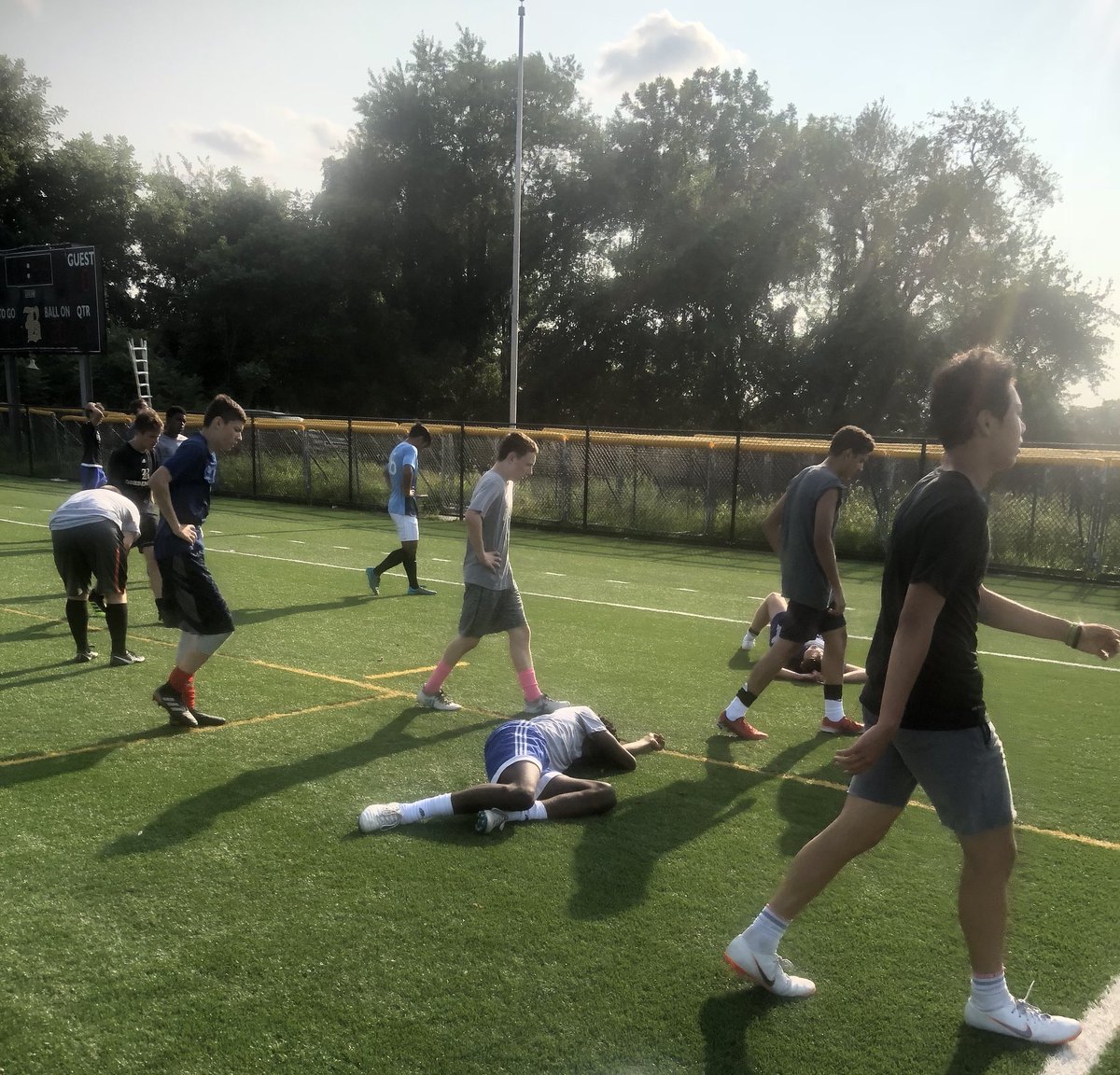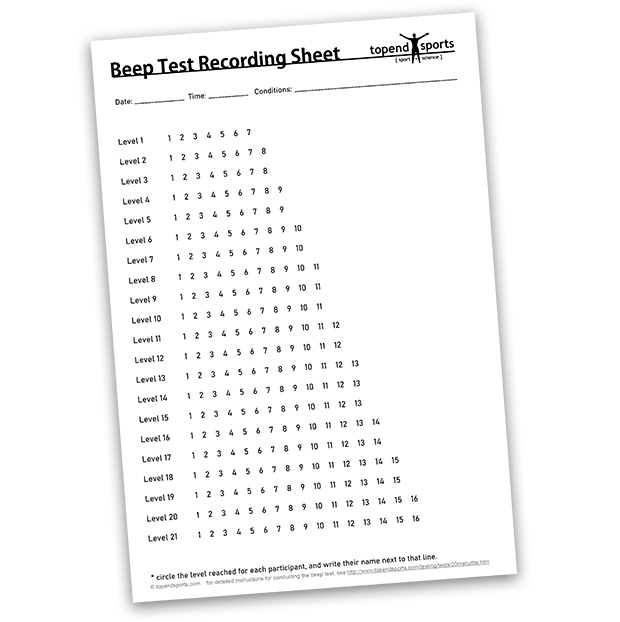

However, there were clear differences in monitoring strategies that academies of different categories adopted, which were often associated with resources or staffing. In total, 49 respondents completed the survey who advocated injury prevention as highest importance for conducting training load and maturation monitoring across academy groups, with overall athletic development, load management, coach and player feedback considered important. A cross-sectional survey design was used to ascertain perceptions of staff from male (EPPP) and female (RTC) academies during the 2017/18 soccer season. To provide a context and informed backdrop for the rest of the thesis, it was deemed important to first identify the current practices of, and perceived barriers to monitoring training load and biological maturation in academies. This thesis aims to quantify the maturity-specific responses to load using ecologically valid approaches to aid the enhancement of provision offered to young academy players. Although differences in biological maturation and the links with injury are acknowledged in literature, little evidence exists to quantify the magnitude and extent to which these impacts perceptions of load and subsequent performance. Adding to the complexity of this period, the timing and tempo of biological maturation varies between individuals causing a diversity in physical and physiological capabilities, influencing the dose-response to training. At a time of almost constant talent (re)selection which coincides with major physical and physiological changes players experience large fluctuations in performance and a heightened injury incidence. The period surrounding the adolescent growth spurt is a turbulent but crucial stage of development for young footballers in their pursuit of becoming full-time athletes. Additionally, we highlight the importance of considering external load when monitoring SSG HRex.

Given the uncertainty in estimates, we advise to only give meaning to changes in SSG HRex >2% points. Inversely, when SSG HRex was held constant, the effects of a 100-m change in SSG high-speed running distance and a 21-m change in SSG acceleration distance on ISRT HRex were -1.0% (-1.5 to -0.4) and -0.6% points (-1.1 to 0.0), respectively.Īn SSG can be used to track within-player changes in HRex for monitoring physiological state.

When SSG high-speed running distance and SSG acceleration distance were held constant, a 1% point change in SSG HRex was associated with a 0.5% point change in ISRT HRex (90% CI: 0.4 to 0.6). Data were analyzed using linear mixed-effect models.Ĭontrolling for SSG external load improved the model fit describing the SSG-ISRT HRex relationship (χ2 = 12.6, P =. HRex was collected during both protocols, with SSG external load measured as high-speed running distance (>19.8 km Sessions consisted of the ISRT (20-m shuttles, 30″:15″ work:rest ratio, 70% maximal ISRT) followed by an SSG (7v7, 80 × 56 m, 6 min). Thirty-six elite youth football players (17 y) took part in 6 test sessions across an in-season period (every 4 wk). To examine the utility of a standardized small-sided game (SSG) for monitoring within-player changes in mean exercise heart rate (HRex) when compared with a submaximal interval shuttle-run test (ISRT).


 0 kommentar(er)
0 kommentar(er)
